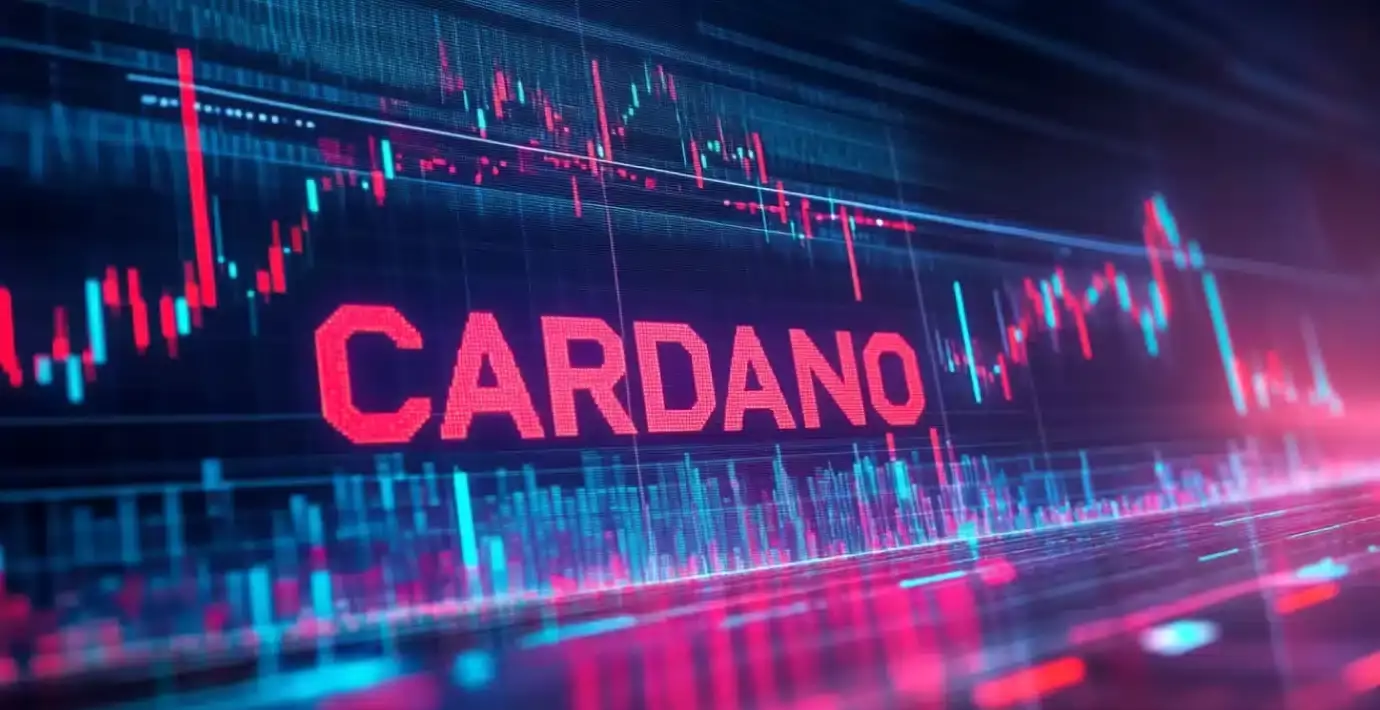In recent times, the cryptocurrency landscape has been littered with allegations and scandals, but few have stirred the pot quite like the recent claims against Cardano, particularly its founder, Charles Hoskinson. Allegations tied to misappropriation hover like a shadow over the token, which is almost hauntingly stuck around the $0.74 mark. Rising a mere 1.4% in the past 24 hours is hardly a rallying cry; rather, it serves as a feeble reminder of the volatility and uncertainty that grips the market. The $856 million in 24-hour trading volume, a 15% drop from the previous day, signals a downturn in enthusiasm, raising serious questions about the sustainability of Cardano’s value.
The most alarming aspect of the current situation is the accusation made by NFT artist Masato Alexander, claiming that Hoskinson misused privileged access to transfer an astonishing 318 million ADA—equivalent to about $619 million during the 2021 Allegra hard fork. The allegations draw troubling parallels to the notorious Ethereum DAO hack, albeit with considerably less community oversight in Cardano’s case. This leaves both supporters and skeptics reeling, caught in a cyclone of uncertainty and mistrust as they attempt to make sense of the unfolding drama.
Transparency or Deception?
A significant part of the controversy hinges on the lack of transparency surrounding the alleged transactions. Only a minuscule portion of those funds—approximately $7 million—was formally allocated to the governance group Intersect. Hoskinson’s assurances that 99.8% of ADA from the 2017 token sale was redeemed do little to quench the community’s thirst for clarity. This veneer of robustness begins to crack when considering the accusations that funds might not have been entirely above board. The perceived opacity undermines one of cryptocurrency’s core principles: transparency.
What’s particularly galling is Hoskinson’s casual promise of a future audit of treasury transactions, a measure that feels too little, too late. Claiming to be “deeply hurt” by the community’s backlash, Hoskinson’s apparent retreat from social media seems less like a strategy for healing and more like an evasion from accountability. The paradox here is striking; the very leader who sought to elevate Cardano’s vision now finds himself ensnared by the multiple contradictions of his past actions.
The Market’s Sentiment
Technically speaking, Cardano has entered a consolidation phase, but reading the indicators reveals more than just data points. The relative strength index (RSI) hanging at 51.7, indicates an unsettling neutrality, creating a breeding ground for volatility. Meanwhile, bearish signals arise from the MACD’s negative crossover and the inability of moving averages, including crucial EMAs and SMAs, to provide any meaningful resistance.
Market sentiment tends to mirror public perception, and with such a damaging narrative swirling around, it’s hard to envision a Lazarus-like resurrection for Cardano in the immediate term. If bulls don’t establish their presence soon and lift prices above the critical $0.76 mark, we could see spirals downward to potential lows around $0.70 or even $0.68.
Sting of the Unknown
A critical element to consider in this tumult is the environmental context of cryptocurrency as a whole. Cardano, often touted for its technological advancements and eco-initiatives, now battles an internal rift that threatens to tarnish its image. Just when it could have dawned as a beacon of future possibilities, the focus shifts to fears of mismanagement and betrayal in leadership.
The ugly whispers surrounding this blockchain’s operatives create a sense of uncertainty that makes it crucial not just for the team at Cardano but also for the broader crypto community to reflect seriously on who governs and how they manage funds and transactions. In a landscape that desperately craves integrity, Cardano appears to be on the brink of fracturing under the weight of its own governance failures.
The road ahead for Cardano isn’t just about market prices or technical indicators; it’s about rebuilding faith. As the community holds its collective breath, one thing becomes clear: unless transparency and accountability are prioritized, the ADA token may remain tethered to a fate that resonates far beyond mere numbers on a chart.















